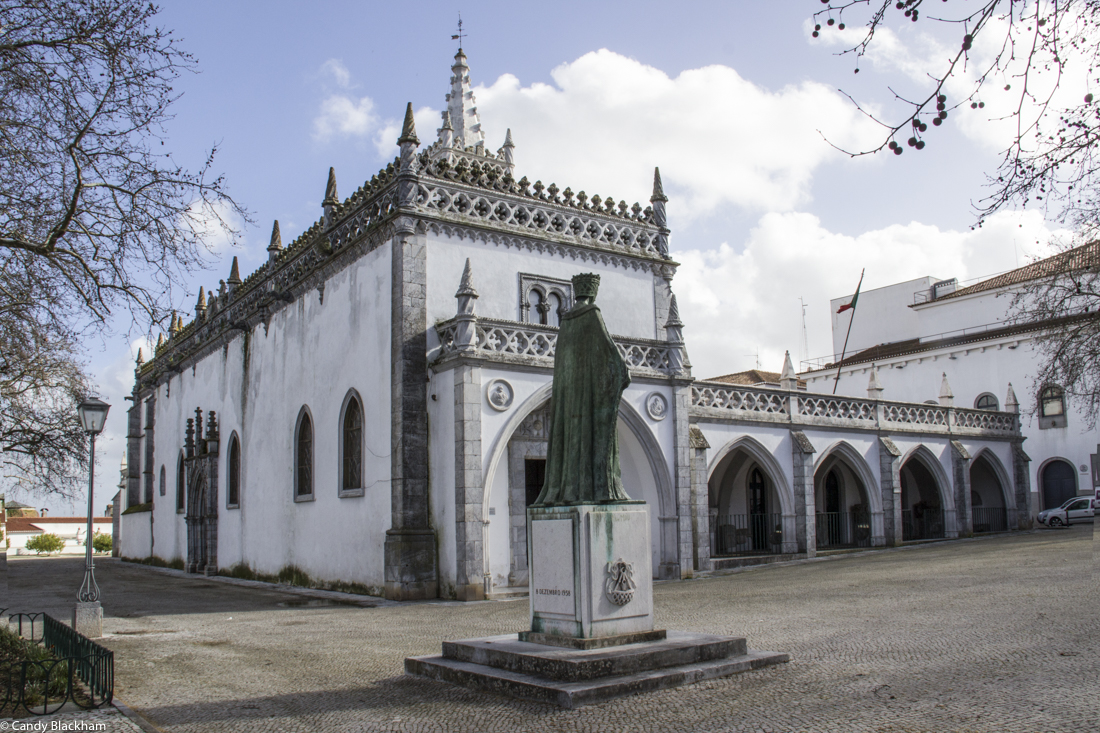The Regional Museum in Beja was established in 1927 in the Convent of Our Lady of Conception. The building is rich and beautiful, and very feminine after the austerity of the Pousada, and I returned daily while staying in Beja.


The Convent was founded in 1459 by the first Duke and Duchess of Beja, Dom Fernando and Dona Brites and belonged to the Order of Poor Clares, under the jurisdiction of the Franciscans. They were the parents of Dona Leonor (a future Queen of Portugal) whose statue now stands outside the Convent. The Convent was one of the richest and most important in Portugal at the time.



You enter the Museum through the Church – a breathtakingly opulent interior filled with carvings and gold leaf. The beautiful inlaid marble altar in ornate carved surroundings dates from 1695 and was dedicated to St John the Baptist – rather curious considering his life of poverty and abstinence.




Between the Church and the Cloister a remarkable screen was on display, as well as ornate tombstones.

The Cloister has four ‘galleries’, each with a particular theme, and in the Rosary Court there are Roman remains of the 1C-4C. The tiles are both Portuguese and Spanish, from the 16C-17C.



The Chapter House is amazing – a painted ceiling of the 18C and 16C Moorish tiles all over the walls.



In rooms adjacent to the Chapter House there is a collection of paintings but it was those by Ribeiro which caught my attention. Photography was very difficult because of poorly positioned spotlights, and of course no flash is allowed.

On the first floor is a collection of Bronze and Iron Age remains, and Roman artifacts donated by the archaeologist Fernando Ribeiro to the town.
The sad story attached to the Convent is that of Sister Mariana Alcoforado and The Portuguese Letters. As a young girl of 11 years she was placed in the Convent ‘for education’ by her father and took orders at 16 years of age, having known no other life. As a young woman she met and fell in love with a visiting French Officer, Noël Bouton, the Marquis of Chamilly. When the ‘affair’ was discovered he returned to France, where, in 1667, she sent her letters. There was of course no response, and her life in the Convent continued until she died at the age of 83.
Further information
The Portuguese Letters











Candy Blackham
Yes, do – it is an amazing building, and the tiles are gorgeous
restlessjo
Thanks for a lovely share, Candy. 🙂 🙂 I was heading north on a Monday when I passed through Beja, so no museum, unfortunately, but I will return one day.